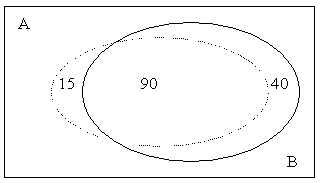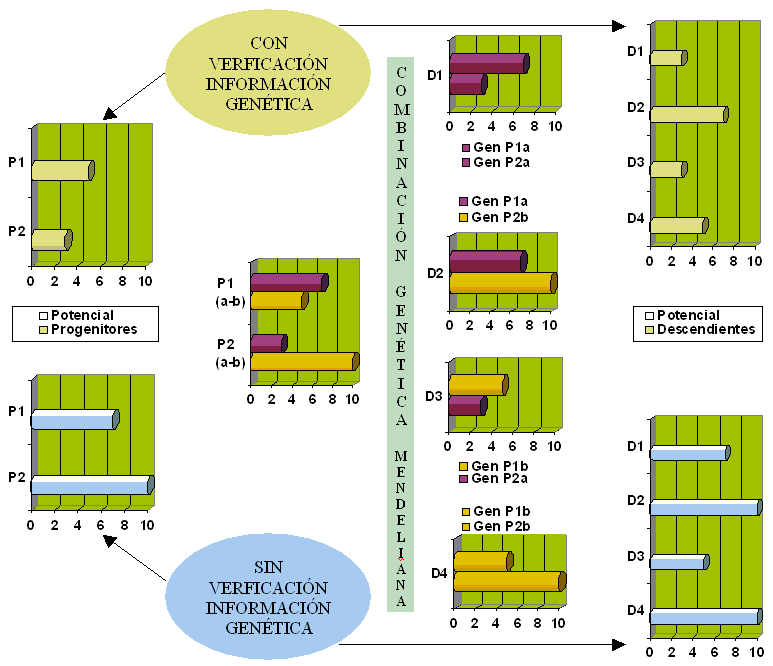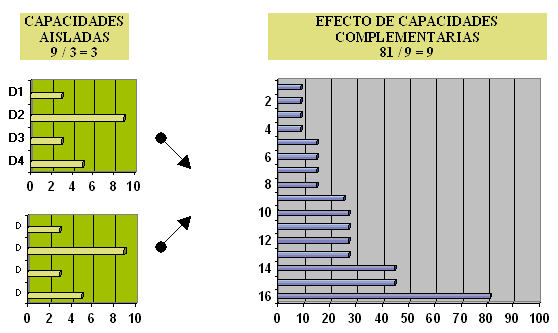|
| |
I consider the results of the statistic study, included in MeMint, with the longitudinal data of the Young Adulthood Study, 1939-1967 to be conclusive about the genetic influence on intelligence (r2 till 0,99), the significance of the less powerful gene, important functionalities of the sexual diversification and about the existence of a teleological evolution. |
|
| |
|
|
||||||
|
|
|
Translate Last update: September 2002 |
GENERAL THEORY OF THE CONDITIONAL EVOLUTION OF LIFE |
||
|
||||||
|
||||||
|
|
|||||
|
||||||
|
|
|||||
|
||||||
|
|
|||||
|
||||||
|
|
|||||
|
||||||
|
|
|||||
| ||||||
|
|
|||||
|
||||||
|
|
|||||
|
||||||
|
|
|||||
This is a translation of a reduce version of the GTCEL e-book. (The full version is in Spanish) |
|
NOTE: The model of the inheritance of intelligence has been validated using the longitudinal data set of the Young Adulthood Study, 1939-1967.
|
|
|
Security of the feasibility of modifications incorporated is not always necessary. Sometimes a high grade of confidence is sufficient. However, if the modification affects one of the complex vital functions of the new being, an attempt must be made at absolute security. Various solutions can exist - one could be to transmit the modified genetic information and a copy of the unmodified information; another solution could be to simulate the behaviour of the system under its new parameters and links. The simulation method has a limitation; in very complex functions, simulation of all possibilities is not possible, as they could be infinite. A third solution could be to connect verification of the modification to the genetic information, using two different sources of information. In this way, sexual differentiation appears as a necessity for nature to reach a certain level of complexity in living beings. I will be like intersection in mathematical operations. Consequently, the mendelian combination could be like it is shown in the next figure for the cases where the method of verification of the genetic information is applied.(VGI) |
|
- - - The continuity of the species has priority over the individual. This genetic condition explains the strange behaviour of many living beings that go to the extreme of committing suicide in order to feed newly- born offspring. When a capacity or quality is used intensely, the quality is considerably improved. It would seem logical that the programs or functions were incorporated at least in part into the genetic information to be sent. The great inconvenience of this method of evolution could be incorporated modifications caused by non- permanent environmental changes. Certain structural changes, although small, can mean a step backwards if carried out using non-permanent environmental changes. The solution to this problem is again to use verification. However, the opposite case is also possible, that environmental changes are permanent. A global solution could be to permit the development of the improvements only if they are confirmed in two continuous generations. In order to achieve this, it would be necessary for one of the sexes not to incorporate modifications or, at least not from exogenous evolution. In the above case, this limitation could be balanced with the transmission of a security copy and, at the same time, with specialisation in material technology to develop the new being efficiently from genetic information. To achieve similarity between individuals of the same species, it is necessary to carry out verification on certain modifications. Any modification or improvement must be compatible with the rest of the information transmitted. In order to widen the field of possible improvements, it is possible to associate conditions of effective development from the modified character through the existence or non-existence of related characters. Thus, it is possible that a modification develops in a subsequent generation that is not necessarily the next one. One aspect related with coherence is the necessity of evolutionary jumps - the birth of new species. When a system evolves, it becomes complicated and at the same time certain characters form their structure, on which the behaviour of many other characters depends. With time, this structure becomes old and the time comes when it is necessary to change some elements of the structure to allow simplification of complicated processes and increase potential evolution. As it is a new function, the verification condition will not be established; checks will have been made through simulation, or other control conditions will be established in case of error. The consequent evolution will produce related characters and offspring of this new function (i.e., the necessity of a specific protein). If, due to the gene combination, a new being does not acquire this new function, the new being will not survive, as the dependent characters will be blocked. As such, the distancing of the new species begins and this new species will be compatible with the original for a certain amount of time, but evolution will in time make it incompatible and will cause total separation. The balance of the complementary characters is also related to coherence and could cause in some cases an evolutionary jump. When two characters are perfectly complementary, balance is advisable, as the resulting potential will be greater. If two characters are from the above- mentioned nature, qualifying them and quantifying the global potential, means we will end up with the measurements shown in the following figure: |
|





